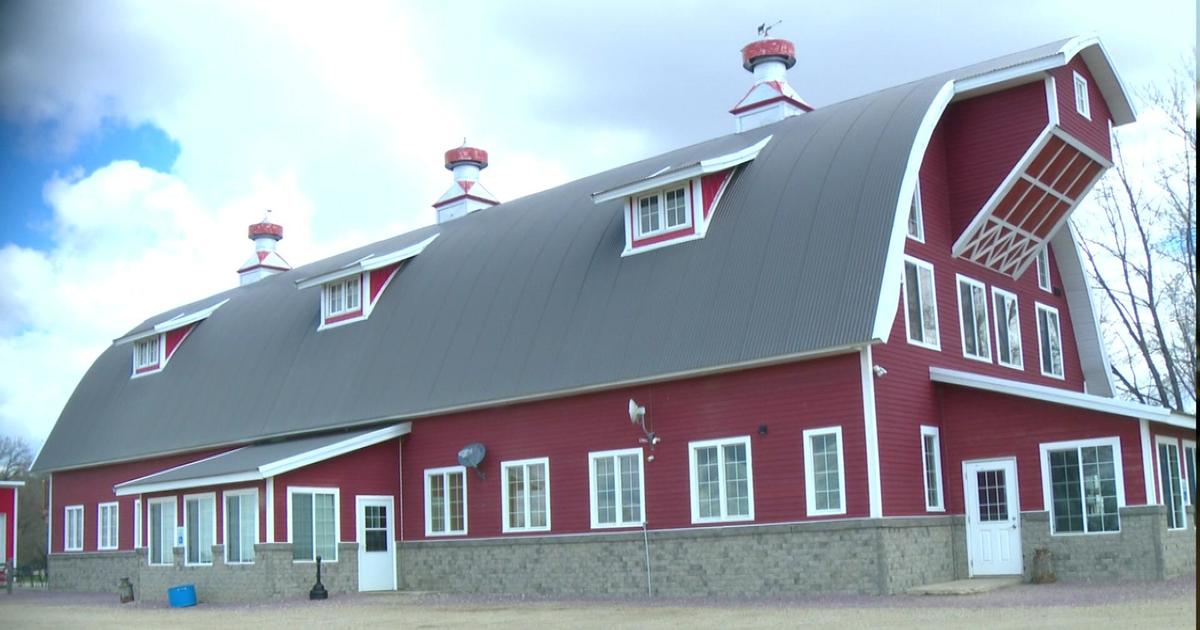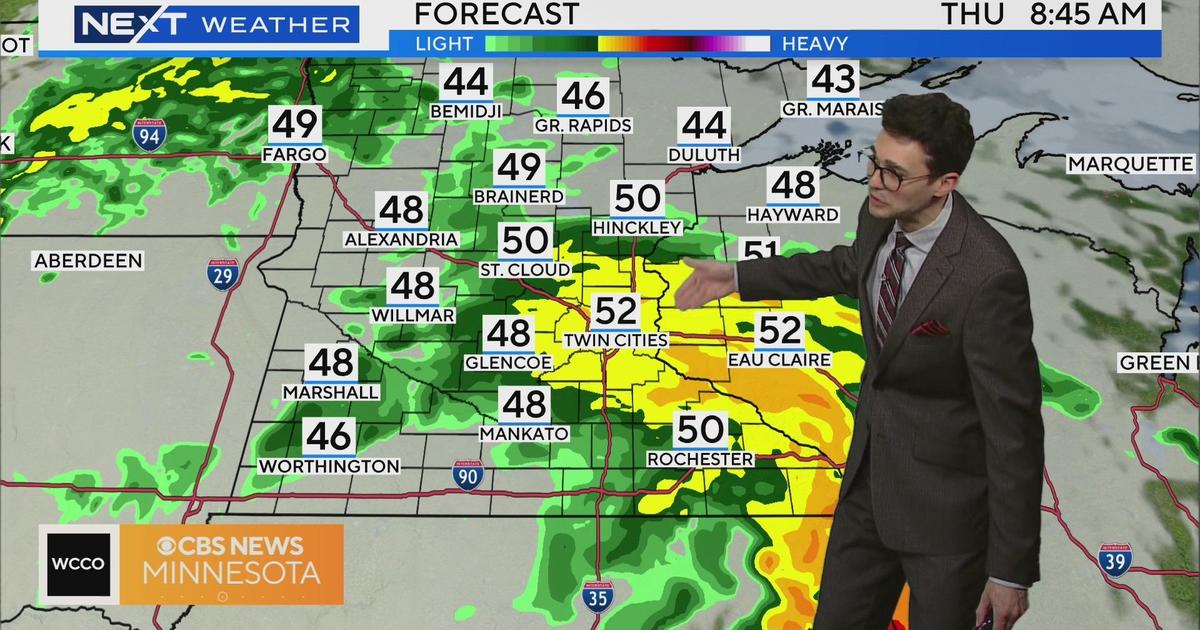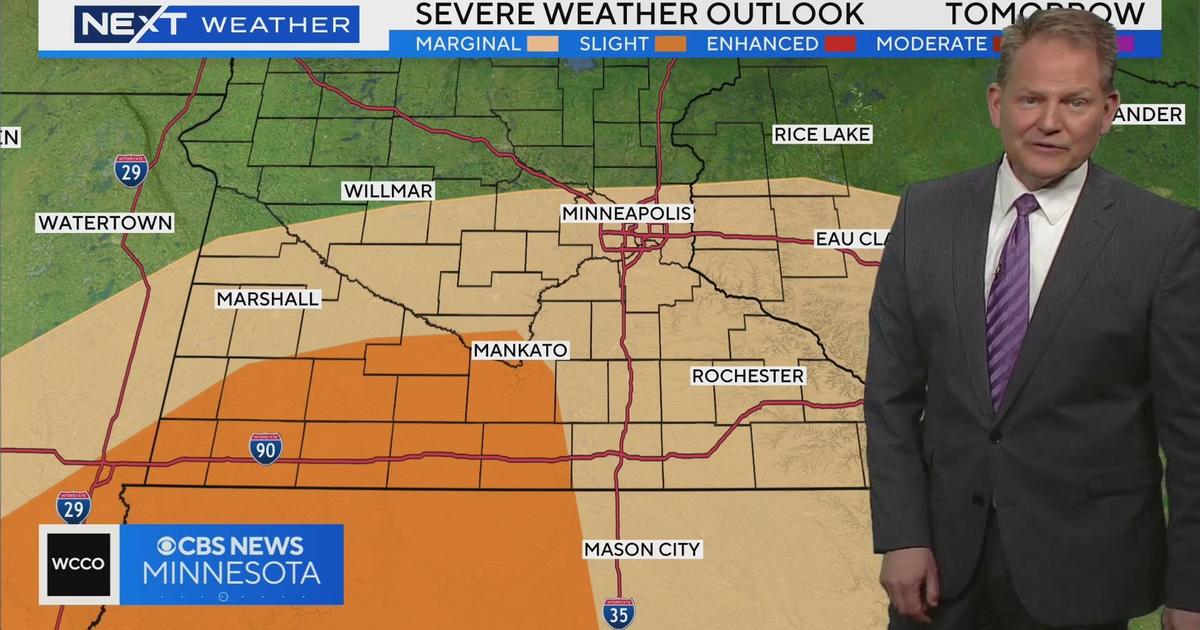How much rain does Minnesota need to reduce drought conditions?
ST. PAUL, Minn. -- Many lawns around the metro area are showing signs of life after weekend rainfalls.
But while some homeowners got soaked, others barely had a splash. How impactful was the rain for our drought? What is needed to reverse our drying trend?
"There are parts of the Twin Cities where honestly we didn't get that much, a half inch [of rain] or less. And then there were other parts of the Twin Cities where we got close to 2 inches," said Kenny Blumenfeld, senior climatologist with the Minnesota Department of Natural Resources.
Monday morning, downtown St. Paul was registering 0.78 in. of rain after three days. But a corner of Brooklyn Center got 2.55 in. Down in Burnsville, one neighbor registered 1.34 in.
RELATED: Smoke from wildfires prompts record 23rd air quality alert in Minnesota this year
Greater Minnesota saw great disparities as well; the Brainerd area had some locations see more than 3 inches of rain. Alexandria, however, got barely got half an inch. Rochester even less, hovering around a quarter of an inch.
"This didn't end the drought, but it certainly in the areas where it got over an inch of rain, it certainly helped," Blumenfeld said.
At best, the drought didn't get worse for at least this week. To reverse the drought, Minnesota will need to see slightly above-average rainfall for an extended period.
"So, if we need an inch a week, maybe getting an inch and a quarter or so [per week]," Blumenfeld said.
MORE: Hospitals saw uptick in patients with shortness of breath during air quality alert
No matter how much rain communities get, they all have a long way to go. Some towns across Minnesota are anywhere from 4- to 7-inches of precipitation behind where they should be.
Cooler temperatures might help the situation, according to Blumenfeld.
"When the temperature is high, you evaporate water, and you remove water not just from the surfaces but from the vegetation more effectively and faster," he said.
While cooler weather would be a bonus, consistent rainfall is the key for yards and plants alike. Fortunately, more rain is in the forecast for several parts of Minnesota on Wednesday. Some areas could even see severe storms.
Blumenfeld says drought conditions are part of the climate for this region. They can last up to four years. Outside of the record-setting 2022-2023 winter, Minnesota has been weathering drought conditions since early 2021, if not late 2020.





